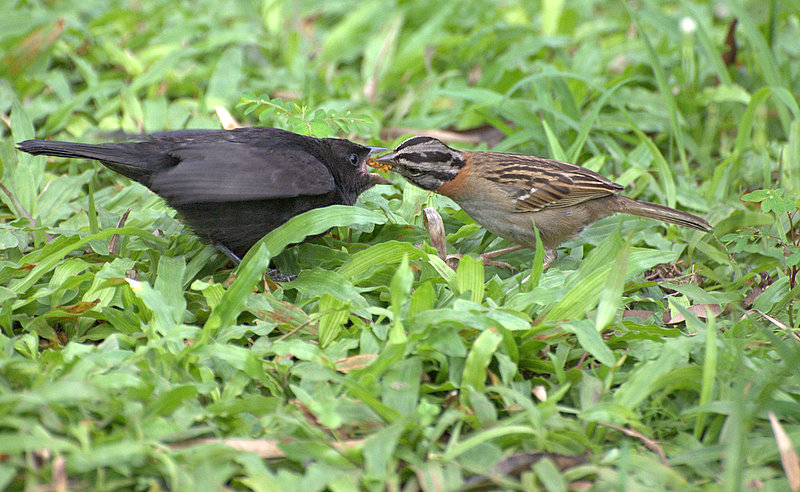A single sneeze propels 40,000 virus-laden droplets into the air – microparasites spread like lightning, making them ecological masterminds. They invade host cells, multiply rapidly, and jump to new victims before symptoms appear. Their quick evolution helps them evade immune defenses, explaining why colds recur so frequently. Skip fancy hand sanitizers and wash your hands properly instead. Regular handwashing cuts respiratory infection risk by 21% – a small habit that delivers powerful protection.
8. Ectoparasites: The Skin Crawlers

Unexplained itching disrupts sleep and comfort, but identifying ectoparasites solves the mystery. Ticks and fleas live on your body’s surface, feed on blood, and reproduce at shocking rates. Medical researchers have linked them to serious diseases like Lyme disease. Check your dog’s fur regularly—especially after walks in tall grass. And to keep your furry friends protected, you may want to explore the best dog GPS trackers to monitor their location and activity. Spending five minutes searching for hitchhikers could prevent weeks of itching and potential illness.
7. Micropredators: The Hit-and-Run Artists

Enjoying your evening patio dinner? Mosquitoes see you as their all-you-can-eat buffet. Unlike true parasites, these serial snackers bite quickly and fly away. Field researchers have observed how they target various species, turning themselves into efficient disease vectors. Remove standing water near your house to create a safer outdoor living space for your family. Parasites can cause serious diseases in humans, such as malaria transmitted by mosquitoes. And if you go for camping, invest in the best survival gear to have a successful adventure.
6. Endoparasites: The Internal Invaders

Endoparasites sneak into your body with dangerous stealth, but simple food safety stops them cold. Tapeworms and roundworms lurk inside host bodies, often entering through contaminated food. Their lifecycle involves complex stages with multiple hosts. Cook meat thoroughly and wash produce carefully. Giving your pets monthly medications creates an inhospitable environment for these internal invaders.
5. Kleptoparasites: The Thieves

If someone has ever stolen food from your picnic, you’ve experienced what biologists call kleptoparasitism. Hyenas steal kills from lions without hunting themselves. Field researchers have watched them acquire food with minimal effort through sophisticated tactics. When planning outdoor activities, use secure food containers to avoid becoming an unwitting victim of nature’s theft network.
4. Hyperparasites: Nature’s Checks and Balances

Each square meter of healthy soil hosts over 10,000 hyperparasites – nature’s built-in pest control system. These organisms attack other parasites, creating natural balance in ecosystems. Microscopes reveal multiple layers of parasitic relationships happening simultaneously. Instead of spraying pesticides, add beneficial insects to your garden. Gardens with diverse beneficial insects naturally handle over 70% of pest problems.
3. Brood Parasites: The Nest Invaders

Keep a close eye on that backyard nest – what appears as devoted parenting might actually represent nature’s most sophisticated childcare scam. Cuckoos and cowbirds deposit eggs in other birds’ nests, forcing unwitting hosts to raise their young. Bird watchers have documented how parasitic chicks push out host offspring through aggressive feeding demands. Studying brood parasitism reveals nature’s evolutionary arms race in vivid detail.
2. Social Parasites: The Colony Crashers

When ant colonies suddenly collapse, social parasites have likely invaded. These master deceivers produce chemical scents that disguise them as they exploit insect societies. Entomologists have discovered numerous strategies targeting ants, bees, and termites. When you notice unusual ant behavior, quick identification can prevent a minor insect oddity from damaging your home’s structure.
1. Behavior-Altering Parasites: The Mind Controllers

If zombie movies fascinate you, behavior-altering parasites demonstrate real-world mind control that rivals any horror film. The fungus Ophiocordyceps compels ants to climb high before killing them, while rabies viruses trigger aggression and drooling in mammals. Neurological studies show how toxoplasmosis reduces fear in rodents, potentially affecting human behavior too. Wearing gloves while gardening dramatically reduces your risk of encountering these mind-manipulators.




























